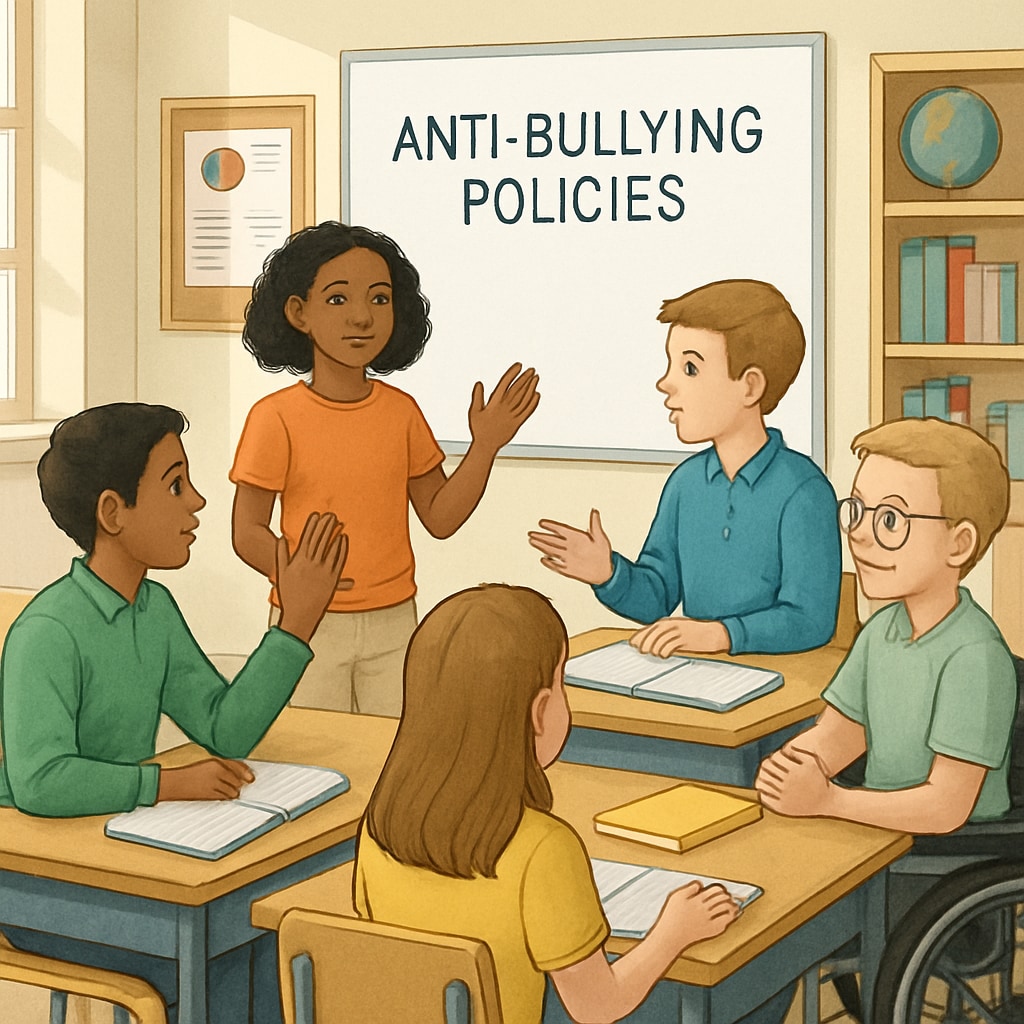School bullying remains a pressing issue in educational environments worldwide. Addressing this problem requires a comprehensive approach that incorporates clear definitions, effective handling methods, and appropriate management of consequences. In this article, we propose a framework for educators and parents to confront bullying and create safer campuses for all students.

Understanding School Bullying: Key Definitions and Distinctions
Before implementing strategies, it is vital to define what constitutes bullying. Bullying involves repeated aggressive behavior, with an imbalance of power, aimed at causing harm or distress to an individual. It can manifest in various forms, including physical, verbal, relational, and cyberbullying.
Distinguishing bullying from typical peer conflict is equally important. For example, not all disagreements or arguments between children qualify as bullying. Recognizing the difference ensures that interventions are targeted and appropriate.
In addition, educators and parents must be aware of the long-term consequences of bullying, which can include emotional trauma, academic decline, and even physical health issues. Understanding these impacts underscores the need for proactive measures.
Strategies for Intervention: A Multi-Layered Approach
An ideal bullying prevention and intervention strategy should be multi-layered, involving students, teachers, parents, and the wider community. Below are some key components of such a system:
- Policy Implementation: Schools should have a clear anti-bullying policy outlining consequences for bullying behavior and support for victims.
- Teacher Training: Educators should receive training to recognize the signs of bullying and intervene effectively. Training programs can include role-playing scenarios and workshops.
- Student Involvement: Empowering students through anti-bullying campaigns, peer support groups, and leadership programs can foster a culture of respect and empathy.
- Parental Engagement: Parents should be informed of school policies and equipped with resources to identify and address bullying at home.
- Technology Monitoring: With the rise of cyberbullying, schools and parents must work together to monitor online interactions and educate students about responsible internet use.
These strategies not only address bullying incidents but also promote a culture of inclusion and safety within the school community.

Consequences and Recovery: Managing the Aftermath of Bullying
Effective handling of bullying incidents goes beyond immediate intervention. Schools must establish a clear framework for managing the consequences for all parties involved.
For the victim: Provide counseling services and a safe space to rebuild confidence. Encourage the victim to engage in positive peer interactions and extracurricular activities to regain trust in their school environment.
For the bully: Focus on corrective measures rather than punitive actions. Restorative practices, such as mediated discussions between the bully and the victim, can help foster accountability and understanding.
For bystanders: Educate witnesses about their role in preventing bullying. Bystanders should be encouraged to report incidents and support victims actively.
By addressing the needs of all stakeholders, schools can ensure that bullying incidents lead to constructive outcomes rather than lasting harm.
Building a Safer Future: Long-Term Anti-Bullying Practices
Creating a safe campus environment requires ongoing effort and commitment. Schools should regularly review and update anti-bullying policies, conduct surveys to assess the effectiveness of their strategies, and encourage open communication between all members of the school community.
Furthermore, promoting a culture of empathy and respect can prevent bullying before it begins. Incorporating social-emotional learning (SEL) into the curriculum can help students develop critical skills such as self-awareness, empathy, and conflict resolution.
StopBullying.gov and Britannica’s Guide to Bullying offer valuable resources for schools and parents looking to implement effective anti-bullying programs.
By adopting these strategies, schools can not only address existing bullying issues but also foster an environment where all students feel safe, valued, and empowered.
Readability guidance: Use short paragraphs and lists to summarize key points. Limit passive voice and long sentences. Incorporate transition words consistently for better flow.


